Overview
Embark on a mesmerizing journey across the magnificent Golden Triangle of India, where the cities of Delhi, Agra, and Jaipur await your exploration. Brace yourself for a spellbinding 3-day, 2-night tour that will transport you to an enchanting realm of unparalleled beauty, rich histories, awe-inspiring structures, and vibrant cultures. Get ready to be captivated as this Golden Triangle Trip unravels the secrets of Delhi’s bustling streets, unveils the ethereal beauty of the Taj Mahal, and immerses you in the regal grandeur of Jaipur. Prepare to be enthralled as every step of this extraordinary adventure promises to leave you spellbound, eager for more, and with memories that will forever ignite your wanderlust.
(We offer traveler’s pick-up from hotels, Railway Stations or anywhere in Delhi/Gurugram/Noida/Greater Noida/Desired Location& Indira Gandhi International Airport, Delhi.)
| PICK-UP LOCATION | Delhi, India | ||||||||
| DESTINATIONS COVERED | Delhi, Jaipur, Agra | ||||||||
| WEAR | Comfortable Clothing, Comfortable Shoes, Hat, Sunglass and Sunscreen. | ||||||||
| INCLUDED |
|
||||||||
| NOT INCLUDED |
|
||||||||
| Important Note |
|
Day 1
Pick-Up from Desired Location in Delhi, Sightseeing in Delhi, Departure to Agra & Over Night in Agra
Get ready to embark on your Golden Triangle tour, starting from the vibrant national capital of India, Delhi. Whether you arrive at Delhi Airport or are already in Delhi or nearby areas, our dedicated representative will warmly welcome you and ensure a smooth transition to your chosen destination. This marks the beginning of your captivating sightseeing adventure, where you’ll have the opportunity to immerse yourself in the wonders that await. Prepare to be enchanted as we set the stage for an unforgettable exploration of the Golden Triangle.
The Red Fort
Delhi is the first major city of the Golden Triangle. Your tour would start to visit the Red Fort. It’s one of the UNESCO World Heritage Sites. Explore the stunning architecture and learn about the history of the Mughal Era. This fort was built by Mughal emperor Shahjahan in 1638 when change his capital from Agra to Delhi. Delhi was known as Shahjahanabad at that time.
The Jama Masjid
This mosque is made of red stones and marble. Jama Masjid is just 500 meters from Red Fort which is the largest mosque in India. The construction of this mosque was started by Shah Jahan in 1650. Its construction was completed in the year 1656. It took 6 years to make it. Built of sandstone and white marble, this mosque can be entered through the north and south gates. The eastern gate opens only on Fridays. It is said that the Sultans used this gate.
Exploring Chandni Chowk
After lunch, your tour starts from exploring Chandni Chowk, a bustling market known for its vibrant atmosphere and narrow lanes. Shops for souvenirs, spices, flavorful street food and traditional Indian clothes. Chandni Chowk is also famous for its street foods. And here you can enjoy a Rickshaw Ride.
Lunchtime
You have lunch at a local restaurant and some authentic Delhi street food. There you could taste some local Delhi food. If you want to enjoy the food of Delhi, you have to open your taste buds only then you will be able to enjoy the local spicy food of India. Paranthe wali gali is an example of Delhi’s people’s love for food in Chandni Chowk.
Lotus Temple
Next attraction would be the Lotus Temple, located in New Delhi, India, is a Bahá’í house of worship dedicated in December 1986. Notable for its lotus-like shape, it has become a major attraction in the city. Like all Bahá’í houses of worship, the Lotus Temple is open to all regardless of religion. The Lotus Temple has won several architectural awards. Immerse yourself in the spiritual aura of the Lotus Temple and the serene beauty of its exterior.
Humayun’s Tomb
Next destination would be Humayun’s Tomb, where you could experience the magnificence of the Mughal Empire, savor the architectural majesty, and get knowledge of the historical legacy of one of India’s most powerful dynasties by going to Humayun’s Tomb. It continues to enthrall tourists from all over the world as testimony to the rich cultural legacy and artistic skill of the Mughals. In 1993, it was provided the UNESCO World Heritage Site designation, ensuring its continued preservation and protection. It was commissioned by Humayun’s widow, Empress Bega Begum, and designed by the Persian architect Mirak Mirza Ghiyas. The tomb’s construction began in 1565 and was completed in 1572.
Exploring Qutub complex
The Qutub Complex is a UNESCO World Heritage Site and well known monument in Delhi. It is a large complex constructed /up of mosques, tombs, and other buildings that was constructed over a period of time. The Qutub Minar, a tall tower that is among the tallest in the world, is the most famous building in the complex. Other notable structures in the complex include the Quwwat-ul-Islam Mosque, the Alai Darwaza, and the Iron Pillar, Alauddin Khilji’s Alai Minar, Alai Darwaza, Iltutmish’s Tomb, Madarsa attached to Alauddin Khilji’s Tomb and Sanderson’s sundial and many more.
The Qutub Complex is a fascinating site to see and provides insight into Delhi’s and the Mughal Empire’s past. Visitors can walk the complex, admiring the architecture and learning about the site’s history. This complex is also a well known spot for birdwatching, there are many species of birds that can be seen.
India Gate and Parliament House
Visiting India Gate and Parliament House is a remarkable experience that unveils the essence of India’s capital, Delhi. Standing tall and majestic, India Gate serves as a symbol of national pride and commemorates the sacrifice of Indian soldiers in World War I. A stroll along the lawns and the vibrant atmosphere around this iconic monument is a testament to the unity and resilience of the nation. Parliament House, with its imposing architecture, represents the democratic spirit of India. It is here that the country’s lawmakers shape the destiny of the nation. Offering glimpses into India’s colonial past and governance. Together, these landmarks create an aura of patriotism and history, leaving visitors in awe of India’s rich heritage.
Overnight stay in Agra
Embark on a captivating journey from Delhi to Agra via Yamuna Expressway. Upon arrival, check-in to your hotel and savor a delightful dinner, preparing to immerse yourself in the wonders of Agra’s rich heritage. After reaching Agra, you will stay in a good hotel there for dinner and rest.
Day 2
Sightseeing in Agra & Fatehpur Sikri, Departure to Departure to Jaipur & Over Night in Jaipur
Taj Mahal
Early in the morning at around 5:30 am, your driver and guide will arrive at your hotel. You will proceed to view the Taj Mahal at sunrise. Explore the majestic view of Taj Mahal at sunrise and click some amazing pictures. One of the most popular tourist destinations globally. Shah Jahan, the emperor of the Mughals, constructed it. He built this glorious monument to pay gratitude to Mumtaz Mahal, his late wife, and to honor her loving memories. With its magnificent existence in this world, the Taj Mahal has a lot to give.
Agra Fort
Visit the Taj Mahal at sunrise and then return back to the hotel. Visit the Agra Fort after breakfast and take some rest. The historical fort known as Agra Fort is located in Agra. Explore the grandeur of Agra Fort, a UNESCO World Heritage site, and discover its fascinating history. Prior to the Mughal Dynasty’s capital relocated from Agra to Delhi in 1638, it served as the emperors’ official residence.
Itmad-ud-Daulah’s Tomb or Baby Taj
Your tour’s next attraction would be Itmad-ud-Daulah’s Tomb. Empress Nur Jahan built Itmad-ud-daula’s tomb on the banks of the Yamuna in Agra in memory of her father. It was built in memory of his father Ghiyas-ud-din Beg, who was also a minister in Jahangir’s court. Being smaller than other tombs of the Mughal period, it is also sometimes called Shringardan (makeup case) and also known as Baby Taj..
Lunchtime
After visiting Itmad-ud-daula’s tomb, break for a delightful lunch at a local restaurant, savoring the flavors of Mughlai cuisine and then check-out from your hotel and start the drive to Jaipur.
Fatehpur Sikri
Visit Fatehpur Sikri, a deserted city 40km away from Agra on the way to Jaipur. Fatehpur Sikri is a city established by the Mughal Emperor Akbar in 1571. Presently it is a Municipal Board of Agra District. It is located in the state of Uttar Pradesh, India. It was the capital of the Mughal Empire from 1571 to 1585 under Akbar, then it was evacuated, probably due to lack of water.
Today, it is one of the most popular tourist attractions. Aankh Michauli, Diwan-e-Khas, Buland Darwaza, Panch Mahal, Khwabgah, Jodha Bai’s palace, Mariam’s Palace, Dargah of Sheikh Salim Chishti, Shahi Masjid, Anoop Talab are the main monuments of Fatehpur Sikri.
Then continue to drive to Jaipur city.
Overnight stay in Jaipur
On reaching Jaipur, you will check-in at the hotel. After a long journey, we will rest here for the whole night after dinner.
Day 3
Sightseeing in Jaipur, Departure at Desired Location in Delhi
Your Jaipur tour would start after breakfast. Jaipur is State capital of Rajasthan also known as ‘Pink City’, It was first called Pink City by Stanley Reed. Jaipur was founded by Maharaja Sawai Jai Singh (II) of Amer in 1728. This city is very popular among tourists because of its beautiful monuments, forts, museums, local markets, rich history and colorful culture. Jaipur is a beautiful blend of old and new.
Amer Fort
Your first attraction would be Amer Fort. It is 11 km far from the city center. Here explore the majestic Amer Fort also known as Amber Fort, perched atop a hill and showcasing the opulence of Rajput architecture. It was built in 1592 by Maharaja Man Singh I. it include the Diwan-i-Aam (Hall of Public Audience), the Diwan-i-Khas (Hall of Private Audience), the Sheesh Mahal (Mirror Palace), or Jai Mandir, and the Sukh Niwas where the water inside the palace A cool climate is created artificially by winds blowing over the falls. Amer Fort is also commonly known as Amer Palace. This palace was the residence of the Rajput Maharajas as well as their families. If we go by the popular legend that is associated with the name Amber, it is believed that the name Amber is derived from Amba, Goddess Durga, who was the main goddess worshipped by the Meenas. As per another legend, it is said that the Ambikeshwar temple is the place from where the name originated, from where Lord Shiva is known as Ambikeshwar.
Elephant Ride
Embark on a thrilling ascent up the hill as you embark on an elephant ride from the car parking lot to the majestic forecourt of the Amber Fort. The 20 to 30-minute journey is an enchanting experience, though its duration may vary depending on the elephants and traffic. If you can’t ride an elephant here, don’t worry! Visit the Haathi Gaon (Elephant Village) and engage in activities like elephant ride, adorning their bellies with artwork, feeding these gentle giants, and delighting in playful moments with their adorable babies.
Hawa Mahal
Visit the enchanting Hawa Mahal, also known as the Palace of Winds, and admire its intricate facade. Hawa Mahal was built by Maharaja Sawai Pratap Singh in 1799. The Hawa Mahal in Jaipur is considered to be one of the most iconic attractions of the city. The five-storied building looks like a beehive and the air is always circulating inside due to the many windows and vents.
The basic idea behind making these windows lattice was that the women of the royal family, who strictly followed the “Parda Pratha” without being noticed, could observe everyday life in the streets, view the activities and corridors below the palace through these windows.
Lunchtime
Jaipur is known for its rich and delicious Rajasthani cuisine. You will be served lunch at a restaurant that serves authentic Rajasthani thalis, which are elaborate platters containing a variety of vegetarian dishes. These thalis generally include dishes like Dal Baati Churma, Gatte Ki Sabzi, Ker Sangri and much more. Enjoy the warm hospitality and relish the traditional taste of Rajasthan.
City Palace
After that discover the regal splendor of the City Palace, with its stunning courtyards and fascinating museums. This palace was built by Maharaja Jai Singh II in 1727. You can see here a combination of Rajput, Mughal and European influence. A variety of courtyards, structures, pavilions, gardens, and temples create a unique and extraordinary complex. The Chandra Mahal, Mubarak Mahal, Shri Govind Dev Temple, and City Palace Museum are the most prominent and visited attractions in the complex.
Jantar Mantar
Embark on a captivating voyage through time as you enter the celestial realm of Jantar Mantar, an enchanting 18th-century astronomical observatory. Designed by Maharaja Sawai Jai Singh II, this architectural masterpiece unveils the brilliance of ancient Indian astronomers. Immerse yourself in the intricate instruments, unlocking the mysteries of the cosmos and experiencing a mesmerizing site that mesmerizes visitors worldwide.
Patrika Gate
Enter a realm where history embraces modernity at the enchanting Patrika Gate, Jaipur’s newest gem among heritage gates. This architectural marvel is a mesmerising tribute, showcasing Rajasthan’s cultural heritage with nine pavilions and a design inspired by Vastu principles. Seamlessly blending art, craft, and tradition, the gate stands tall as Jaipur’s southern gateway, beckoning visitors to immerse themselves in its captivating charm.
Shopping in local market
Shopping in the local markets of Jaipur is a vibrant and enriching experience. From exquisite jewelry at Johari Bazaar to traditional textiles at Bapu Bazaar, each market offers unique treasures. Discover handicrafts, artefacts, and home décor at Tripolia Bazar, while Nehru Bazaar is known for textiles and leather goods. Chandpole Bazar entices with Rajasthani attire and turbans. As you explore for souvenirs and take in the vibrant ambiance of the city, bargain, explore, and immerse yourself in Jaipur’s rich cultural legacy.
Back to Delhi
It’s time to head back to the vibrant city of Delhi after an exciting journey to Jaipur. Whether you choose to drive, take a train, or fly, the journey back offers a chance to reflect on the memories made. Once back in Delhi, you can extend your stay to explore the city’s iconic landmarks and diverse experiences or bid farewell, carrying with you the essence of the Golden Triangle and the rich heritage of Rajasthan.
Note
This 3-day, 2-night adventure is a great way to experience the spirit of India’s Golden Triangle. Discover Delhi, Agra, and Jaipur’s fascinating histories, stunning architecture, and cultural treasures. Our expert guides and comfortable transport will make this trip seamless and memorable for you. From the iconic Taj Mahal to the regal palaces of Jaipur, this Golden Triangle adventure promises a captivating experience that will leave you with cherished memories of India’s incredible heritage.

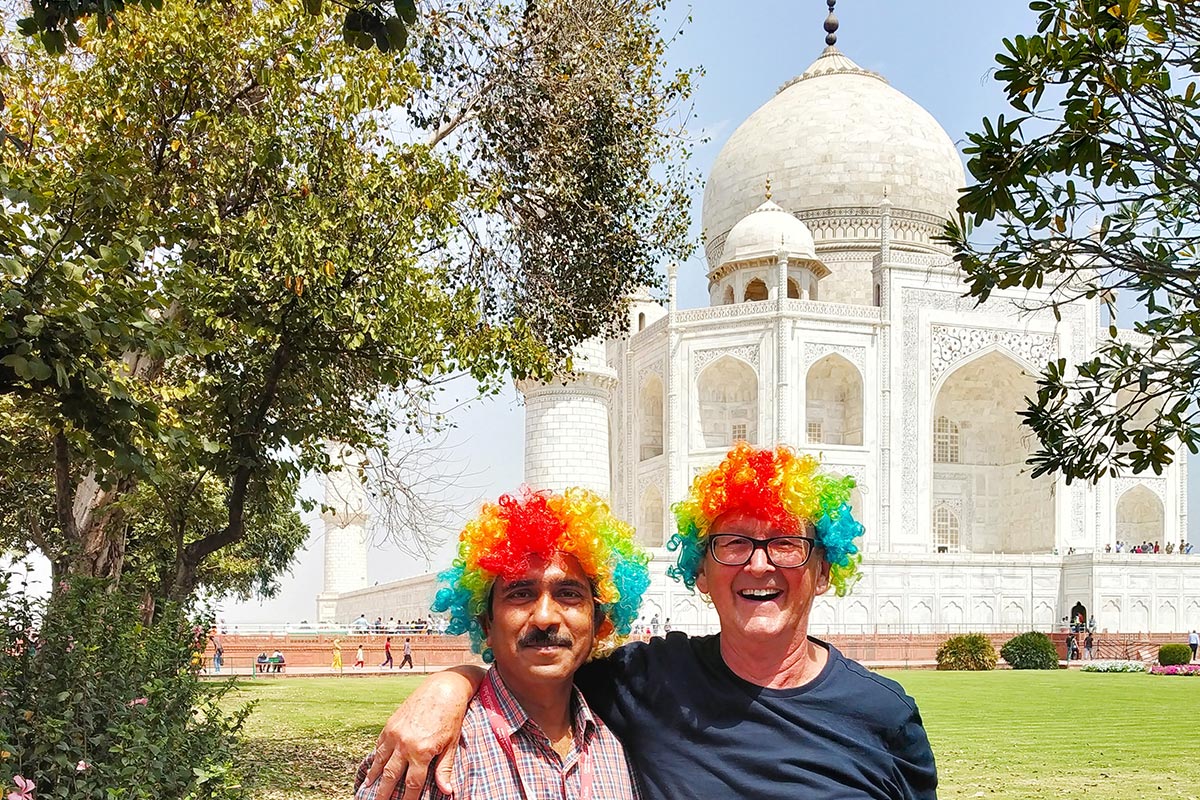

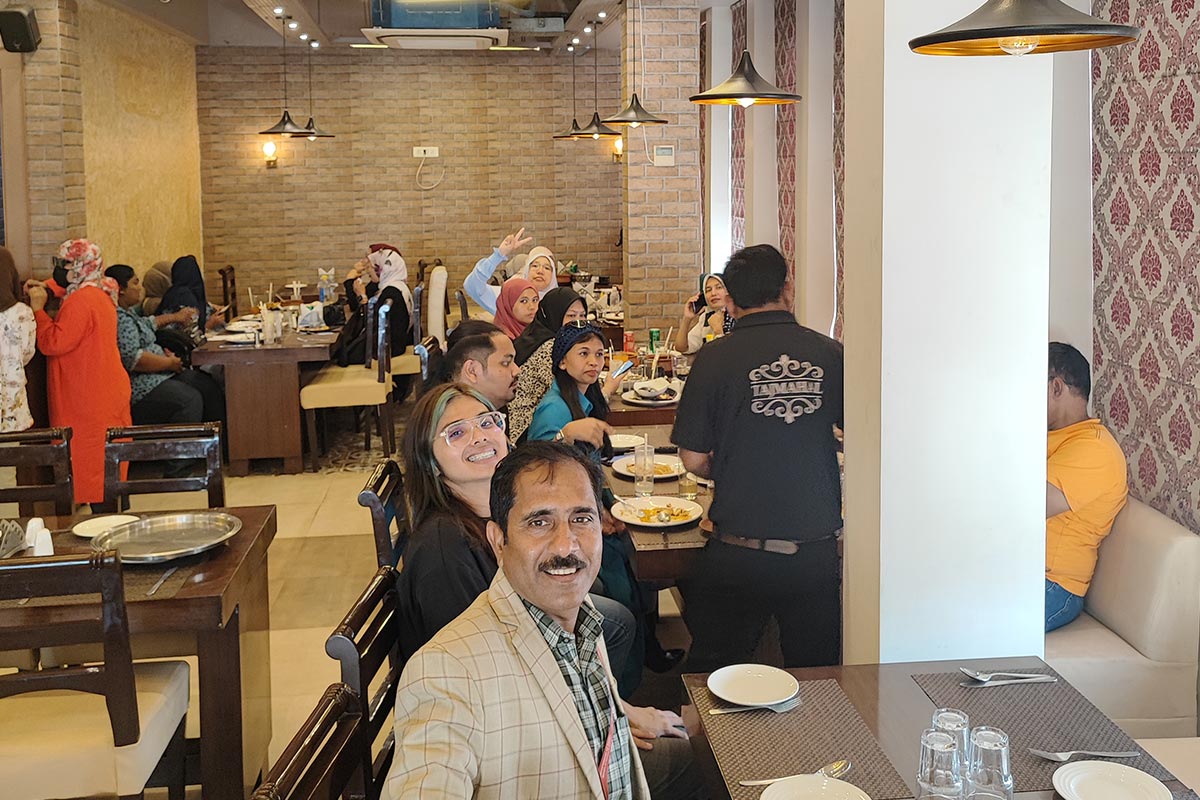
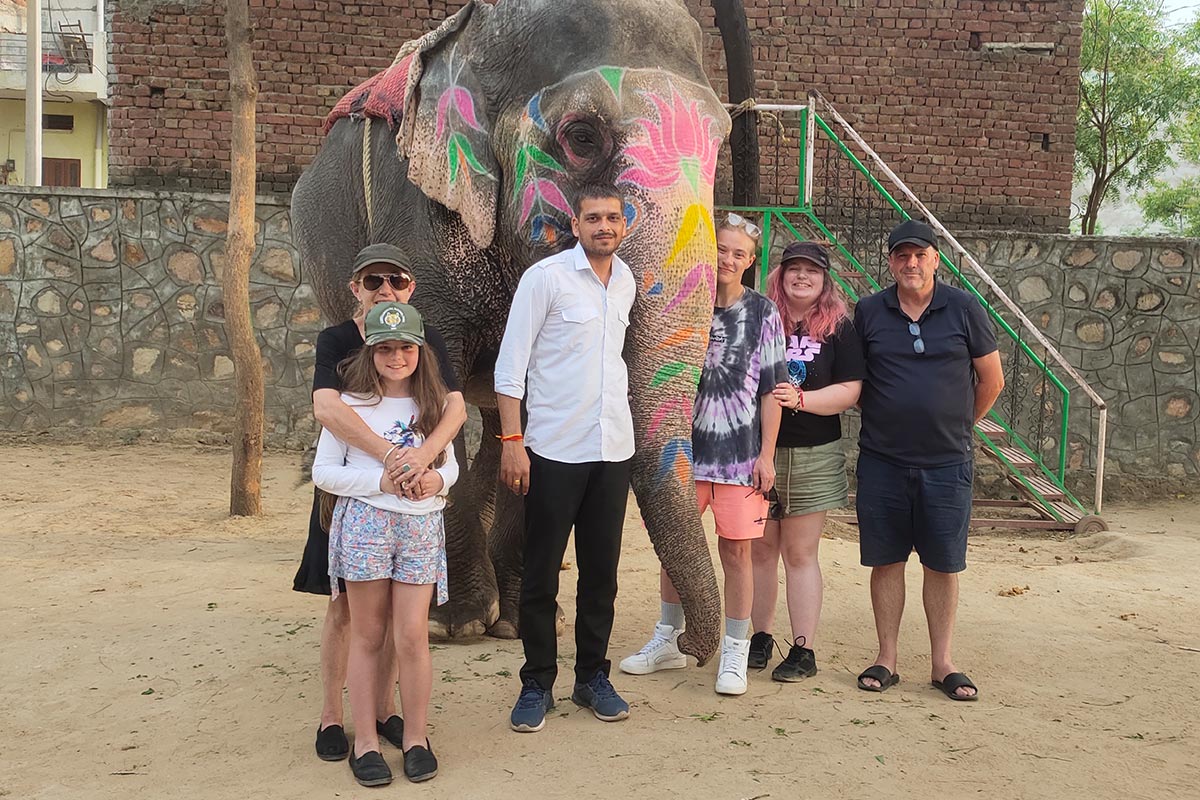
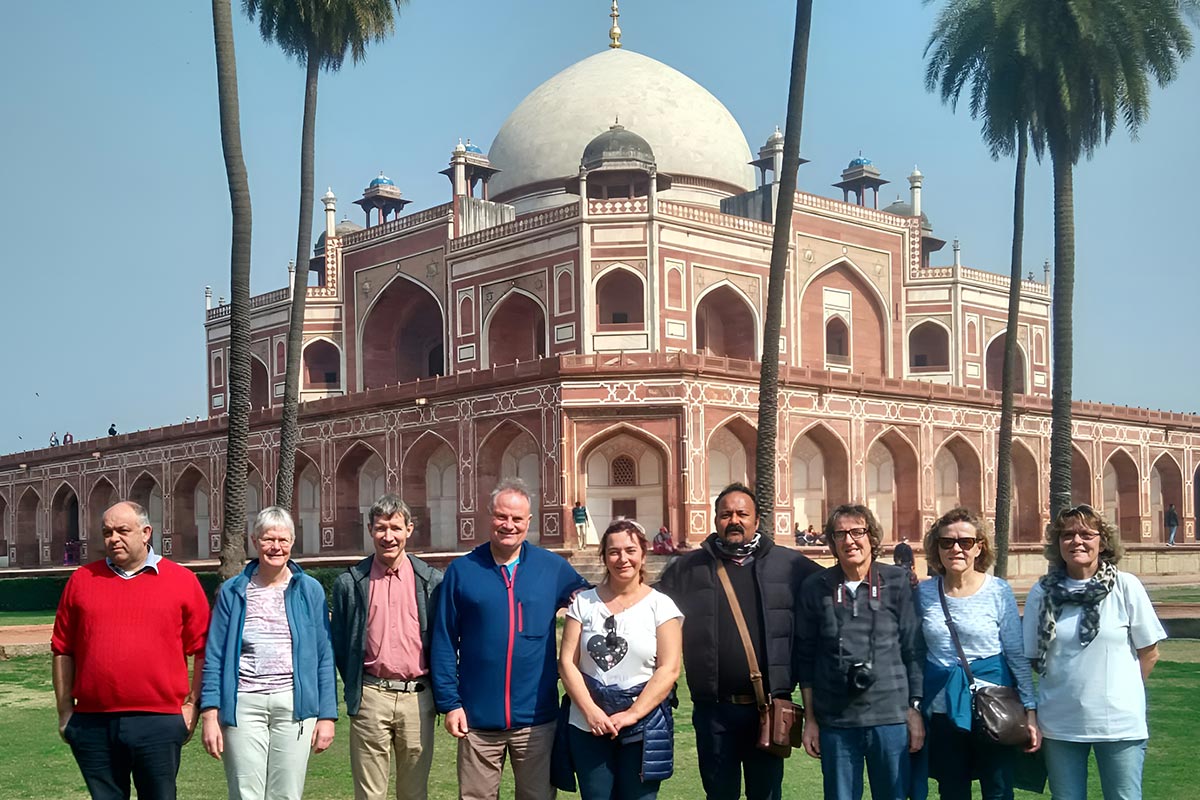
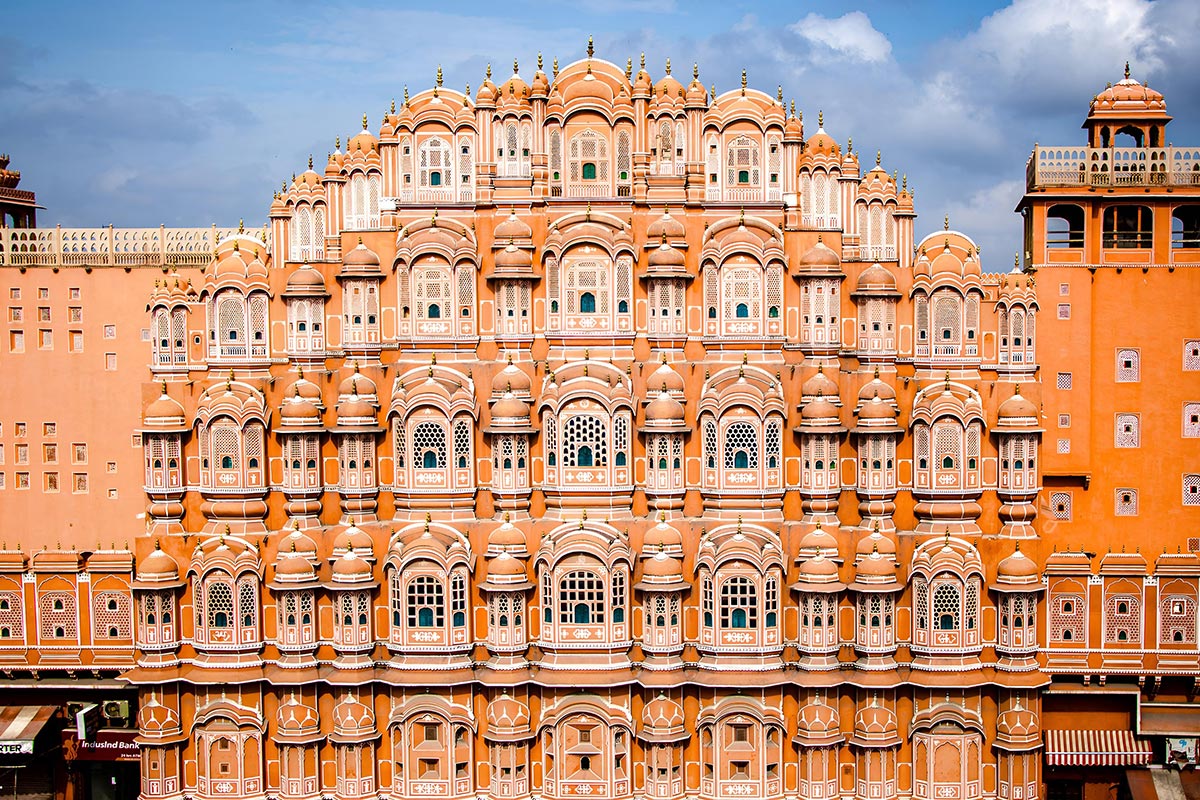
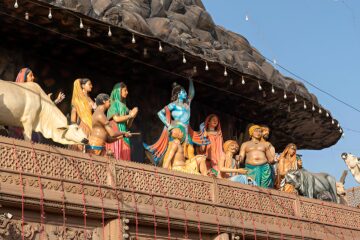
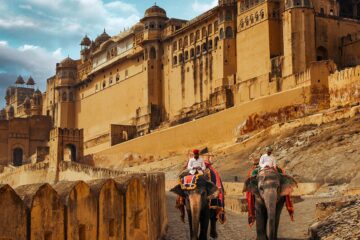

Tour Reviews
There are no reviews yet.
Leave a Review